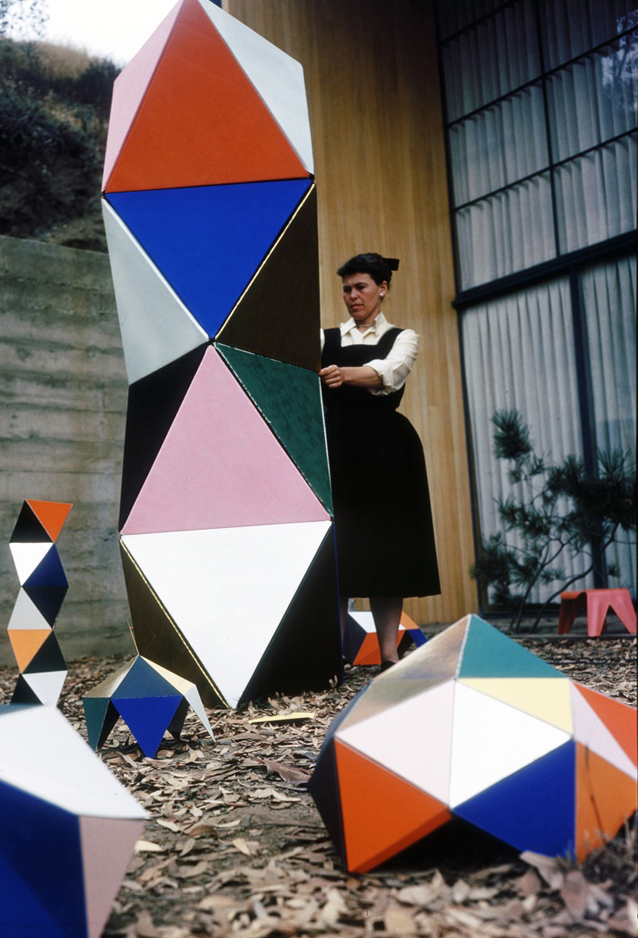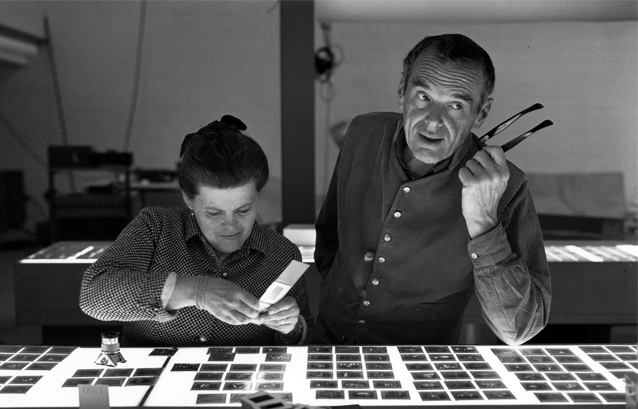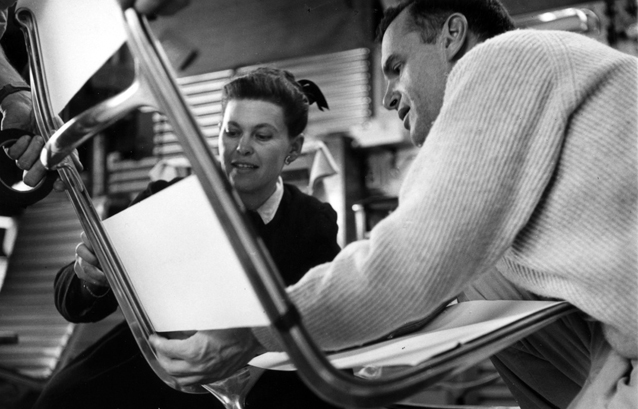Filmmaker and journalist Jason Cohn, co-director of the new documentary Eames: the Architect and the Painter, grew up in the ‘ugly’ sprawling suburbia of Los Angeles before moving, for college, to a lush forest setting. Cohn pinpoints this transition as the moment in which he discovered his ‘sensitivity to the built environment’ – a kind of architectural version of seasonal affective disorder that had the ability deflate or lift his mood.
Armed with this first-hand experience, Cohn has became increasingly drawn to architecture and design over the years, his curiosity culminating into making a film about architecture drop-out Charles Eames and reserved painter Ray Eames – two of America’s most important designers of the 20th century.

Using interviews with family members and ex-designers from the Eames office, the filmmaker tells the creative and personal story of married couple Charles and Ray, choosing at times to explore some sensitive issues like Charles’ infidelity and Ray’s almost obsessive compulsion to notarise everything in her life.
The film also examines the sexual politics of the Mad Men era. Despite Charles’ best efforts to promote Ray, it was evident that she was never shown the same respect as he in 1950s America. But Ray’s genius was obvious to anyone who witnessed her at work. She had the incredible ability, perhaps due to her art training, to move and rearrange objects in order to find form.

As Cohn explains, Ray’s unorthodox approach — a throwback to Bauhaus-style austerity – was one of her lasting design legacies. ‘They [designers] would gape in amazement. It wasn’t what you were supposed to do in a modern house! It needed to be white and clean.’ Instead, the Eames’ house ‘was an orgy of stuff, colour and form.’ Ray also showed how ethnic folk craft – a form of primitive modernism – could fit perfectly in a modern home.
Arguably the greatest Eames legacy was their approach to design; a process which required you to try out 50 or so ideas, discard them and do it all over again, a process of learning by doing. ‘It was more than a search for the best chair design, it was a beginning of the Eames design process.’


On the topic of the iconic Eames chair, Cohn asserts, ‘you weren’t just buying a chair – you were buying into the world of Charles and Ray Eames.’ The Eames’ whimsical, playful, sun-loving, modernist utopia was something you wanted to buy into – ‘a progressive vision of how the world could be better.’
Photos courtesy of Madman Entertainment.
For more on the Eames, watch this TED talk on the design genius of Charles and Ray Eames or videos made by Charles and Ray’s grandson Eames Demetrios.
The Australian premier of Eames: the Architect & the Painter will be screening at the Australian Centre for the Moving Image between Friday 1 June 2012 to Sunday 17 June 2012. For more information, visit ACMI’s website.

